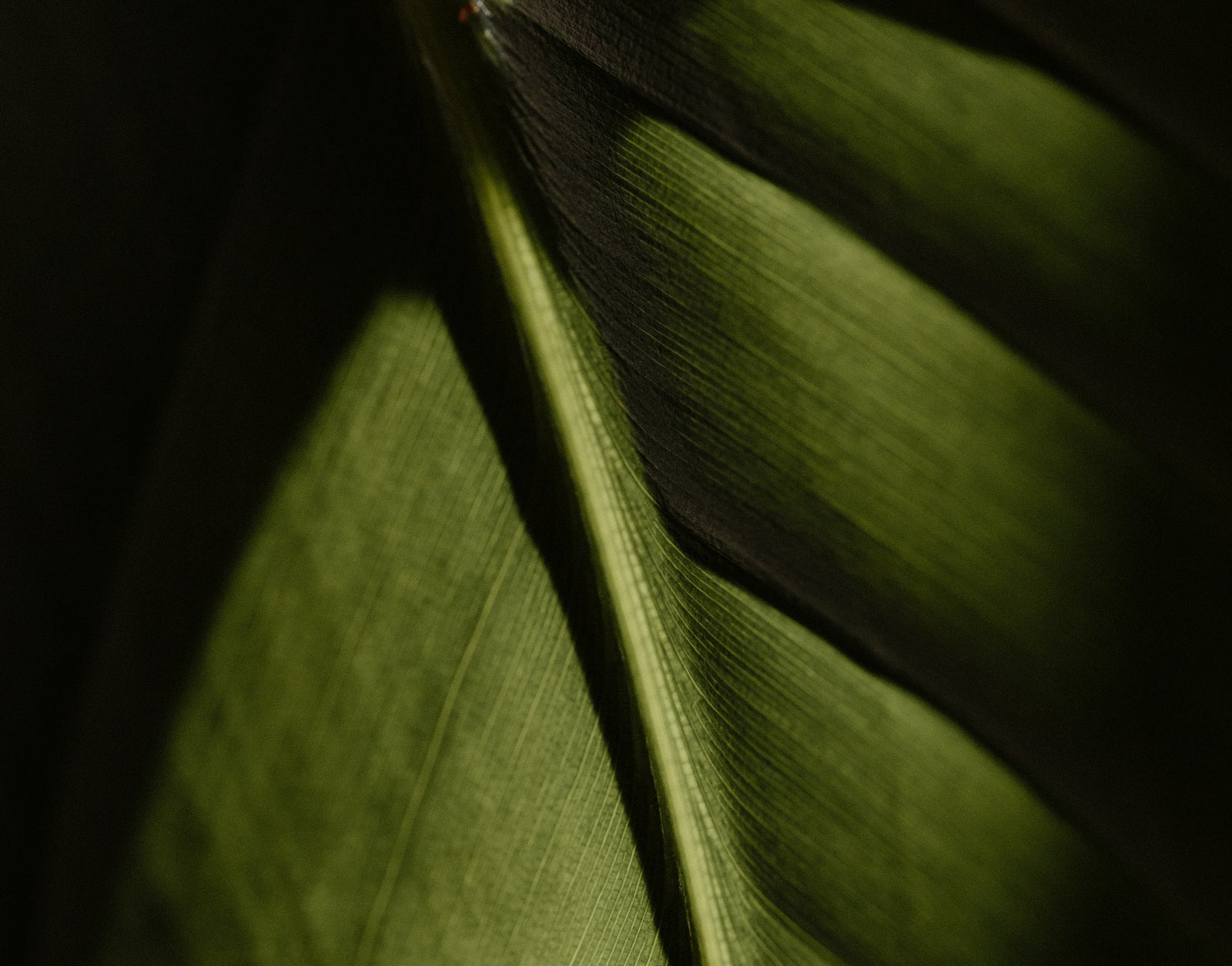Your Cart is Empty
The green beauty space has blown up over the past few years, with more brands, products (and terms!) popping up regularly. But what’s the difference between green and clean, or eco-friendly and sustainable? Check out our glossary to get a better understanding of some of the most common green beauty terms so you can make informed decisions when it comes to the ingredients and respective impacts that matter most to you.
Important note: Green beauty terms and labels are not regulated by the FDA. We urge you to learn more about Emilie Heathe’s ingredients and values, and recommend researching other brands and labels to ensure their products are up to these (and your!) standards.
“Green,” used interchangeably with “eco-conscious,” typically refers to formulas and/or packaging that were made with the environment in mind. That said, the term has become a bit of a catchall for products that contain eco-friendly elements, so it’s worth looking into related ingredients and practices to get a better sense of what those elements actually are.
The term “eco-friendly,” also referred to as “earth-” or “environmentally-friendly,” is often used to describe formulas and products that don’t cause harm to the environment, either in development, practice, or discarding (as in the formulas won’t pollute the planet when washed down the drain or thrown out). Some other indicators that a product or package won’t have a negative impact on the planet post-use include “naked,” “no-waste,” or “biodegradable packaging.”
“Sustainable” is typically used to describe products that are designed to preserve natural resources. This one can be a bit more nuanced, but it essentially means taking into consideration a product’s impact on the planet, as well as the people making it, in order to grow or at least sustain the business moving forward.
“Natural” generally refers to products containing ingredients that are derived from nature versus synthetics or lab-made chemicals/substitutes. Just because a product contains natural ingredients (such as a fragrance or oil) doesn’t mean it’s made solely of natural ingredients, or that those ingredients are all “clean,” so it’s a good idea to check labels for a sense of which natural and other ingredients are being used and to inquire about any terminology that isn’t clear.
“Clean” products factor in the effects of a formula on both the environment and the people using it, meaning it shouldn’t include any ingredients that have been proven or considered to be harmful. Many “dirty” ingredients are often replaced with safe natural alternatives, though (as noted above) it’s important to note that natural in itself doesn’t always mean safe.
Similarly, “non-toxic” is typically used to categorize a product that has been formulated without ingredients that have been proven or suspected to cause a toxic response, such as parabens, phthalates, or formaldehyde. The word “free” has been used interchangeably, usually with a number in front of it to indicate how many of the main toxins the product has been formulated without.
“Organic” often describes products that have been formulated without chemical pesticides and GMOs (genetically modified organisms). Look for the official USDA Organic Seal, which requires that formulas be at least 95% organic and have upheld the organization’s manufacturing and handling standards. The term Organic is regulated by the FDA, and requires following very specific guidelines.
Unlike the “clean” label, which refers to products that don’t harm the environment and people using them, “vegan” refers to products that don’t harm animals (or, more specifically, include ingredients that have been sourced from animals or animal by-products). Some clean, yet not vegan, ingredients to watch out for include beeswax (from honey), carmine (beetles), or lanolin and tallow (sheep and cows).
If you see a “cruelty-free” label (often accompanied by a bunny), it means that a given product hasn’t been tested on animals. Some cruelty-free products aren’t vegan (because they include animal-derived ingredients) and vice versa (though not derived from animals, they could have been involved in testing).
